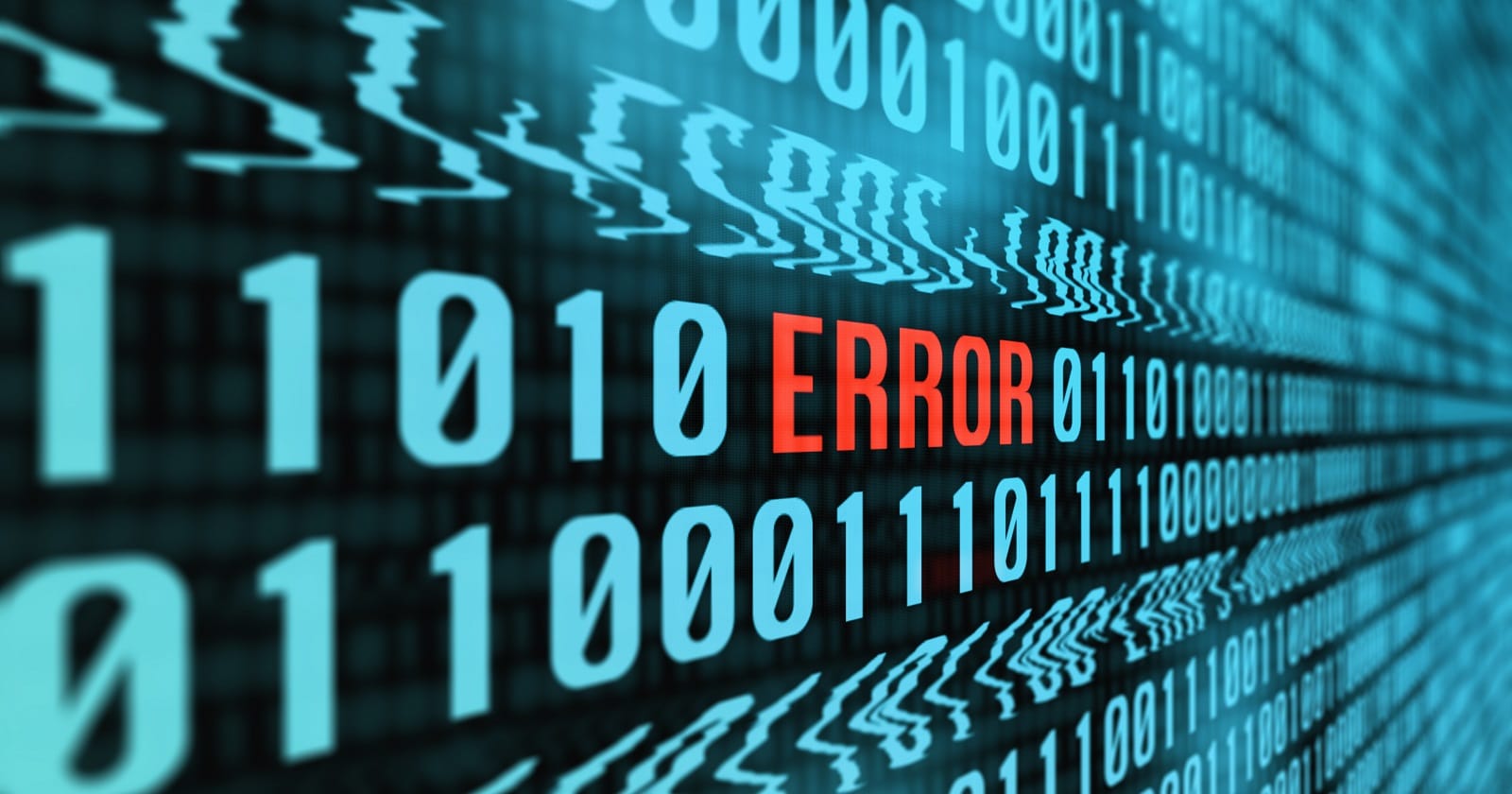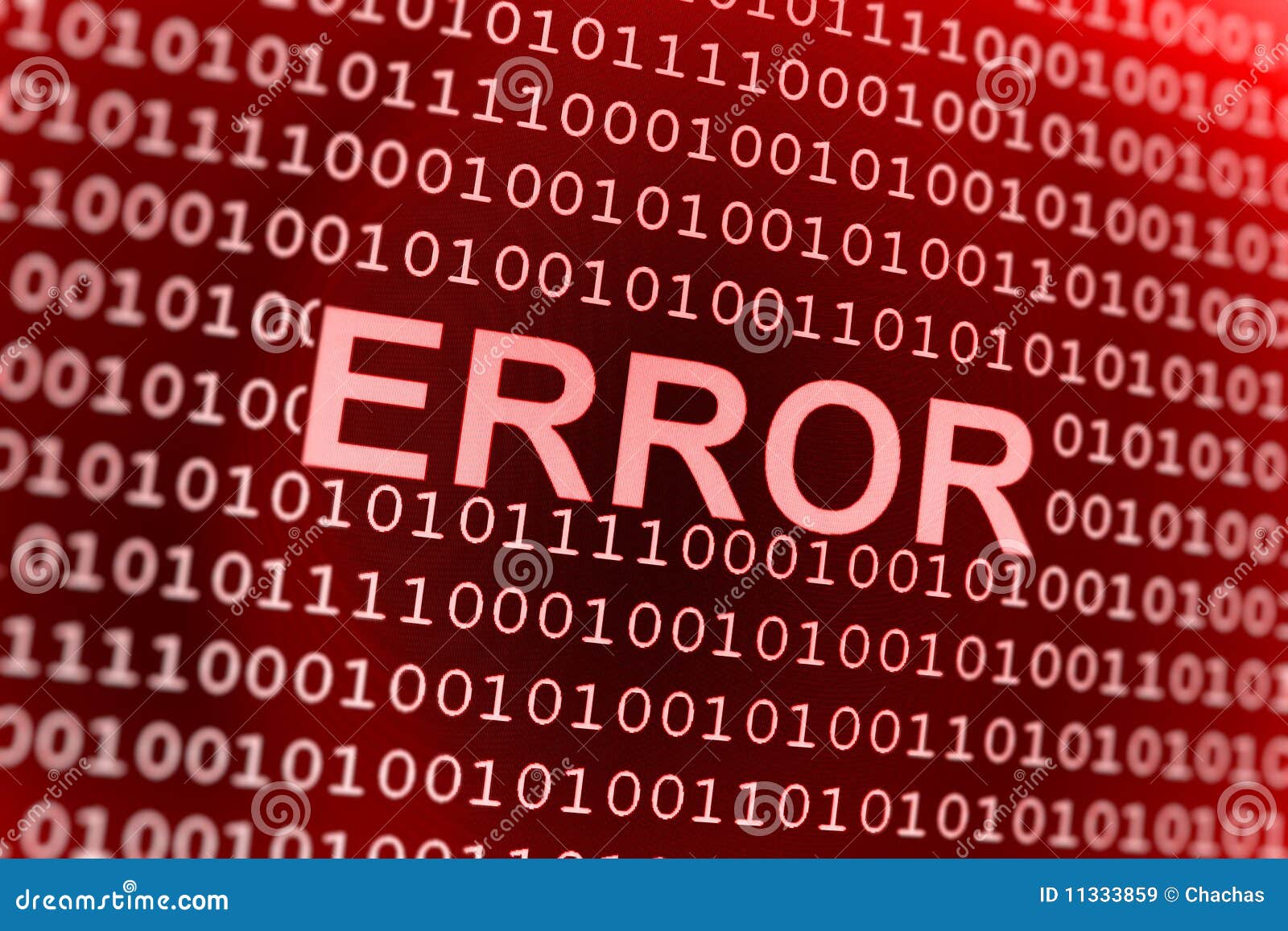ERRORS IN DATA TRANSMISSION
ERRORS IN DATA TRANSMISSION
Generally, many errors in data transmission from one place to another but we are actually totally unaware of that because there are multiple algorithms and methods by the errors are not only being detected but also corrected in milliseconds. So, First question that comes to our mind is that what is an error?
When a sender sends some data to the receiver, but the receiver receives some other data then the changed data is called is Errored Data and the part which is changed is called as Error. This error may occur due to many reasons for example, noise is the most common reason due to which most of the errors occur.
Errors are of 2 types :-
Errors are of 2 types :-
1) Single bit error:- Data is generally sent in terms of binary numbers i.e. 1's and 0's . Hence, whenever we sent a data to someone then that data is first converted in binary data and then it is transmitted to the other person. So, as the name indicates, Single Bit Error means there is an error in one of the bits of the received data at the receiver's end.
2) Burst Error:- This error is occurred when there is error in multiple bits in the data received by the receiver.
Hence, now the question comes in our mind that how do we know that there is an error in the data received by the receiver?? There are many methods or algorithms by which we can know that whether the received data is errored or not. Not only detecting them we can even correct that errors by using the same or other algorithm depending upon the algorithm we choose for example :-
1)Cyclic Redundancy Check(CRC):- This algorithm is used to check whether the received data is errored or not. In this algorithm, we use binary modulo division to check whether the data is errored or not. Here, a key or a divisor is set between the sender and the receiver by using which we can detect the error in the received code.
2)Parity Checking:- This algorithm is used to check whether the received data is errored or not. In this algorithm, we check the parity of the o's and 1's in the received data. There are 2 types of parity :-
i) Even Parity ii)Odd Parity
Just like CRC, in parity checking algorithm, the sender and receiver has decided which parity to use or that they already have decided the parity that is Even parity or Odd parity, to check the errors.
Here, an extra bit is added at the end of the data before transmission depending upon the parity and then the data is transmitted to the receiver. The receiver checks for errors depending upon the parity and if the received data is errorless then he neglects the last bit and processes with the rest of the data.
3)Hamming Code:- This algorithm is used to only one detect but it can also correct the errors. But it has a limitation that it can only detect and correct only one bit. It cannot correct burst errors. In this coding method, the source encodes the message by inserting redundant bits within the message. These redundant bits are extra bits that are generated and inserted at specific positions in the message itself to enable error detection and correction. When the destination receives this message, it performs recalculations to detect errors and find the bit position that has error.
4)Checksum:- In this algorithm, we can detect errors in the received data. Here, we add a byte at the end of the each frame. In that extra byte, we put the value of 1's complement of the sum of all the elements in that particular frame. The frame size is pre-decided by the sender and the receiver.


Comments
Post a Comment